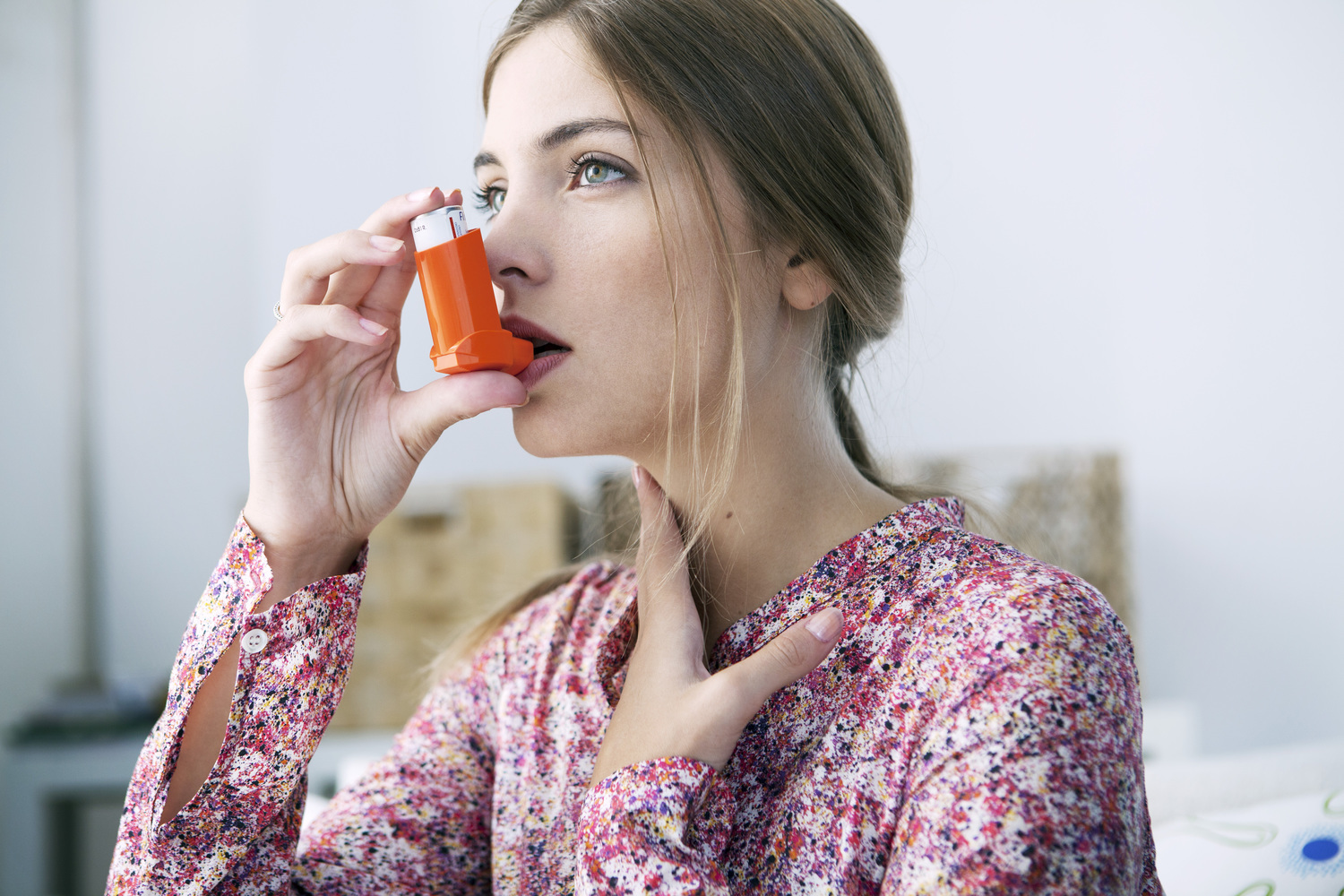
Causes and Treatment for Chronic Obstructive Pulmonary Disease
Chronic Obstructive Pulmonary Disease or COPD is a group of lung diseases which progressively worsen. It affects the ability to breathe well accompanied by a chronic cough and incessant mucus production. Emphysema and chronic bronchitis are the most common conditions.
What are some facts to know about COPD?
- COPD means Chronic Obstructive Pulmonary Disease where breathing becomes hard and forced due to narrowed airways.
- The disease makes you short of breath even with a mild exertion.
- It also causes frequent coughing and wheezing.
- Initially, the symptoms are mild but they gradually worsen with time.
- Although COPD takes a long time to develop, there is no cure for the disease. The symptoms can only be eased with treatment and therapies.
What are the factors that cause COPD?
- Smoking is the single most important cause behind Chronic Obstructive Pulmonary Disease.
- Generally affects people over 40 years of age who have had some history of smoking.
- Second-hand smoke, smoke from pipes or cigars are equally responsible for COPD .
- Long-term exposure to chemicals, fumes and dust particles.
- Deficiency of a certain protein called Alpha-1-antitrypsin in some people causes the lung quality to degrade.
What can be done to prevent COPD?
- Vaccinations like a yearly flu shot lead to lesser flare-ups.
- Pneumonia vaccine may also be recommended by your health care provider.
- Changes in lifestyle can help ease of breathing.
- Quit smoking and stay away from those who do. It may not be easy but it is possible to quit smoking either by nicotine replacement, medicine or plain willpower.
What are the medicines and various treatment options?
- Bronchodilators relax the muscles along the nostrils, thus creating more space for air. This lessens the wheezing and eases shortness of breath. The medicine is inhaled through an inhaler.
- Steroids reduce the swelling in the air passage. Also breathed in through an inhaler, they are especially helpful in relieving flare-ups. They can also be taken in pill form.
- PDE-4 Inhibitors help in lessening the swelling of lungs and open up the air passage.
- Theophylline is a medicine that works similar to bronchodilators but is more affordable.
- Antibiotics help treat any possible infection because an infection can worsen the COPD.
- Pulmonary Rehabilitation is a program run at a hospital or a clinic where therapists help and teach management of COPD by correct exercise, diet, breathing techniques.
- Oxygen therapy to increase the levels of oxygen in blood as obstruction can lead to low levels of the vital gas.
- Surgery in case all of the above methods do not work and COPD is severe.
What symptoms are exhibited by those having Chronic Obstructive Pulmonary Disease?
Initial symptoms are mild and seem similar to a common cold.
- Shortness of breath especially after an exertion.
- Persistent coughing
- Feeling a desire to clear the throat often
Symptoms worsen as the lungs become damaged.
- Shortness of breath even after a mild exertion like walking a flight of stairs.
- Breathing noisily
- Chronic asthma
- Frequent infections
- Tiredness and lack of energy
Symptoms in later stages of COPD
- Continuous fatigue
- Unexplained weight loss
- Swollen feet, ankles, and legs.
What are the different stages of Chronic Obstructive Pulmonary Disease?
- There are four stages of COPD where the flow of air through the passage becomes restricted with each stage.
- Mild COPD, moderate COPD are the first two stages which may or may not be recognisable as the symptoms are often mild in most cases and may be taken as a common cold or general fatigue.
- Severe COPD causes shortness of breath even with walking.
- Last stage of COPD is the end stage where there is shortness of breath even at rest. Medicines become ineffective, heart rate accelerates due to lack of oxygen in the blood leading to heart failure.


